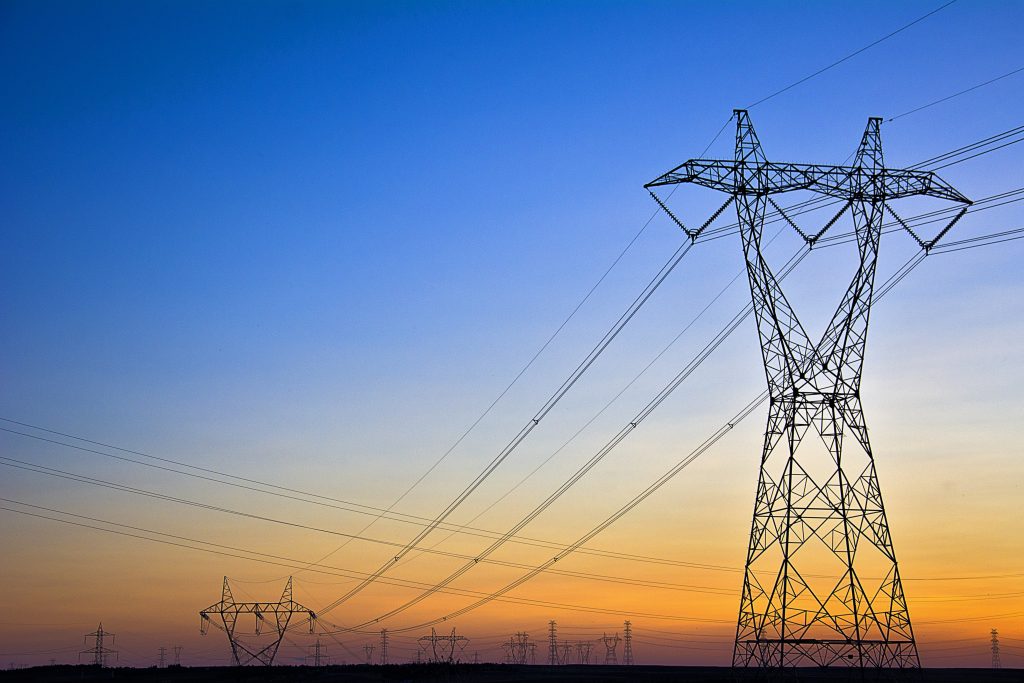The major energy transition
The energy transition is in large part about moving away from fossil fuels in transportation, industry and construction through renewable energy and more efficient use of resources. Electrification is a key solution for the energy transition in Sweden, particularly for industry and the transportation sector, which are two of the largest contributors to climate emissions. Security of supply is a precondition for maintaining both market competitiveness and welfare. Major investments in renewable electricity production need to be made together with various solutions that can create a flexible, robust system. We need more research and innovation in various solutions in terms of technology as well as market models and services.
Source: The Swedish Energy Agency’s report (available in Swedish) Accelerera energiomställningen för ett hållbart samhälle Underlag för forskning och innovation på energiområdet 2021–2024.

